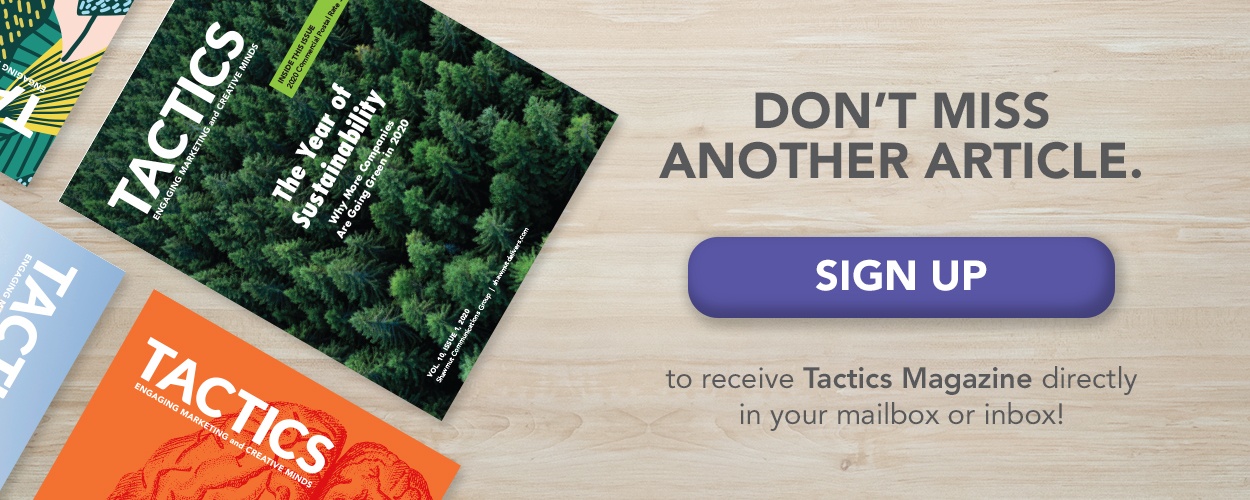Ever notice how people express their experience through touch? They’ll say they’ve had "a rough day" or received "a lukewarm reception" or encountered a "sticky situation." Or maybe their day went "as smooth as silk." What’s that all about?
More than meets the eye, says Dr. David Eagleman, whose research on haptics has drawn the attention of marketers such as Mary Ann Hansan, president of the Paper & Packaging Board. "What we love about Dr. Eagleman’s work is that he really is starting to put science behind why people feel paper is such a creative enabler and why it helps us learn better," Hansan says.
Enter Neuromarketing
Eagleman and other researchers are studying the haptic brain, which processes signals sent by our tactile sensors. Their findings may help explain why catalog sales are rebounding, children’s e-books have failed to thrive, and why many people still insist on printing out important documents.
Their work with brain imaging and mapping is providing insight into how humans engage with different marketing channels. Proponents of this approach, which has spawned the term "neuromarketing," argue it will help marketers fine-tune the messaging, creative, and media they use. Neuromarketing will help us better understand how consumers are hardwired to react so that we can build multi-channel campaigns that tap into those innate motivations and behaviors.
Consider John Bargh’s research on why people tend to classify fellow human beings as being either "warm" or "cool," depending on certain personality traits. Bargh wondered if the tendency reflected some subconscious influence from the haptic brain, so he conducted an experiment in which interviewers asked subjects to hold a beverage container while they rebalanced an armload of books, folders or papers.
When subsequently asked to rate a fictitious person as either warm or cool, test subjects who had held a warm cup of coffee consistently described them as warm, while those who had held an iced coffee described them as cold. In subsequent experiments, Bargh found that test subjects given heavier clipboards tended to rate job candidates as being "more solid."
The Haptic Brain Favors Print
The takeaway from more than 100 academic papers published since the 1990s is that reading on paper uses fewer cognitive resources than reading on a screen, which improves retention, deepens engagement, and enhances understanding.
The paper products industry has zeroed in on these findings in a bid to halt a 50 percent decline in paper consumption since the turn of the century. One manufacturer even hired Eagleman to conduct research and produce a report that—among other things—found printing on high quality coated stock improved recall over time.
Learn more about Haptics and why print is alive and well in Daniel Dejan's presentation of Haptic Brain, Haptic Brand which was part of Shawmut's Marketing Science conference last fall.
"We know we are not going to reverse the decline in paper consumption, which is almost half of what it was in 2000," Hanson says." But we are trying to make sure paper remains something people see as modern, particularly as the digital natives—the kids who grow up with all this technology—are completing high school and going to college."
A recent rebound in sales of some paper products may signal that the haptic brain is reasserting itself even as the amount of time Americans spend looking at screens grows. American adults surveyed by Nielsen last summer reported spending more than 10 hours a day staring at a screen.
"We are definitely seeing data that book sales that flattened are increasing again," Hansan says. "Companies who said they were going to get rid of catalogs have come back and said we realized we made a mistake; consumers shop with catalogs but order online. Parents have a lot of apprehension about how much time they and their families spend online, so I do think the pendulum is swinging back to print."
Paper boxes are also becoming a key marketing channel for online retailers. Online subscription shopping services are adding handles and other features to extend the life of their delivery boxes, which provide their only tangible bond with customers.
Loot Crate, which caters to video gamers and comic book fans, has designed delivery boxes that transform into keepsakes, including Captain America’s shield. "That box is a billboard," Allsop says. "This is just going to be an explosive area for printing."
Media Shapes the Message and the Brain
Given the human brain’s remarkable plasticity, it’s hard to define the future. After all, as Eagleman points out, reading and writing on paper are not innate skills. Every individual has to learn those skills from scratch and in the process, they are rewiring their brains. That means that touch may slip in the hierarchy of senses that influence future generations’ perception of reality.
In other words, media not only shapes the message, as Marshall McLuhan famously wrote in 1964, but it actually shapes the brain itself. The implications for marketing are profound.
This article appears in Tactics Magazine, Volume 7, Issue 3.








